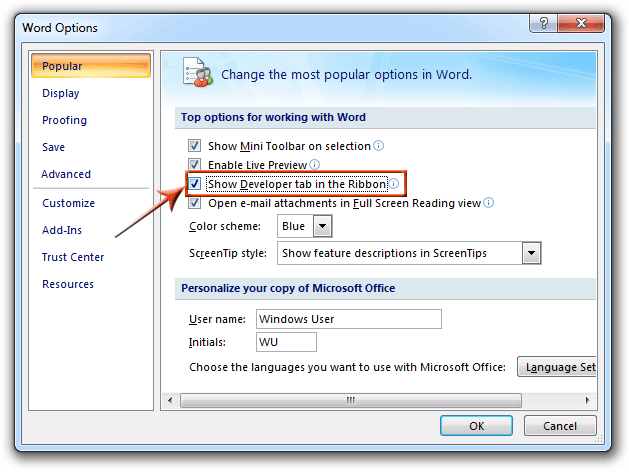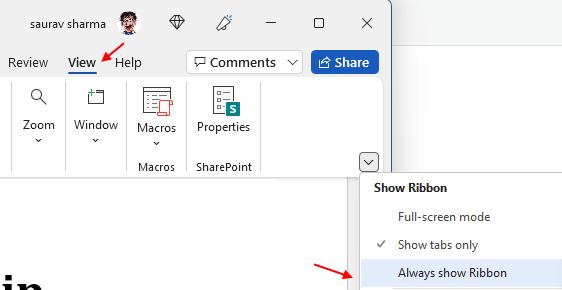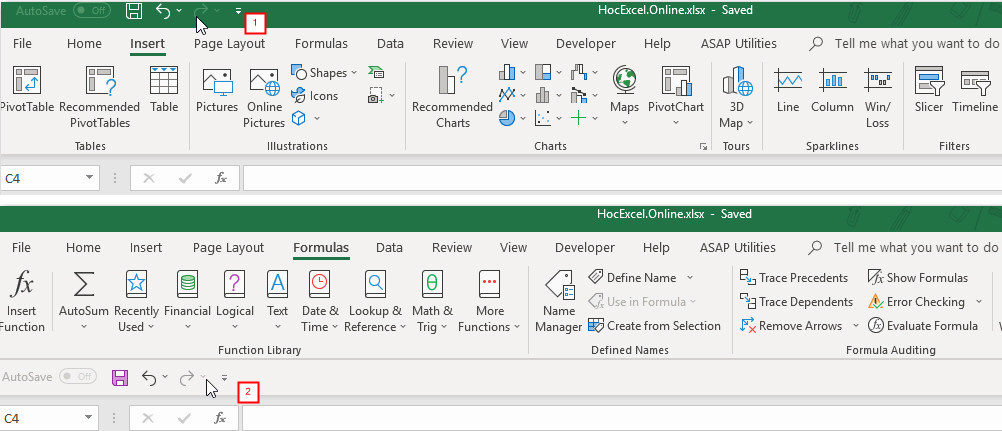

HOW TO DISPLAY/INVOKE A (MISSING) TOOLBAR Those are the steps you'll also take to deactivate the feature, for one reason or another, though not advisable. Under Show, select the ScreenTips check box.On the Tools menu, click Options and then click the View tab.You can turn it on by doing the following: In case the ScreenTips don't appear when you move the pointer over a button, it is possible the feature has been disabled/turned off.

So, any time you are at a loss as to the name or use of a toolbar button, simply rest the mouse pointer over such button and immediately, you'll see a little text pop-up below the pointer, saying something. They appear on the screen to provide certain information about a toolbar button, tracked change, or comment or to display a footnote or endnote. ScreenTips, also known as Tooltips, are little pop-up descriptions that appear when you rest the mouse pointer over a toolbar button. So they fashioned a tool known as ScreenTip. You might well ask: 'What is the use of a toolbar button if its name or function is not known?' Well, the ever-creative programmers at Microsoft also once contemplated this problem. However, these toolbars offer too many buttons of various looks and shapes for a user to easily remember their names or their functions. I mentioned earlier that toolbars contain smart icons serving as shortcuts to the main menu commands. The buttons contained in them are used to access commands more quickly than by opening the menus and the respective dialog boxes. With toolbars, commands become just handy and easily accessible to users. After opening Word, click on the “File” option on the ribbon menu and then click on “Options” on the sidebar.The ToolbarA toolbar is a bar containing buttons and options that you use to carry out commands. You can do that by searching for “Word” in the Start menu or opening any Word document.

With that, you will see the new “Spelling & Grammar” icon on the Quick Access toolbar.įirst, open the Word application.Select “Spelling & Grammar” from the first column.Select “Quick Access Toolbar” on the sidebar.Add Spelling and Grammar to Quick Access toolbar in Wordįollow these steps to add the Spelling and Grammar to the Quick Access toolbar in Word.

Just follow the steps as directed, and it will be done in no time. Without ado, I will show you how to add the Spelling and Grammar option to the Quick Access toolbar in Word. Since you can customize the Quick Access toolbar, it is pretty easy to add the Spelling and Grammar option. If you don’t know, the Quick Access toolbar appears to the top-left corner of the window and provides quick access to specific Word features. In those cases, rather than going through a maze of menus in Word, you can add the Spelling and Grammar option or icon to the quick access toolbar. This is especially true if you turned off the automatic spell and grammar check. However, there might be situations where you need to trigger the grammar and spell check manually. Generally, Word automatically corrects and highlights spelling and grammar mistakes as you type.


 0 kommentar(er)
0 kommentar(er)
